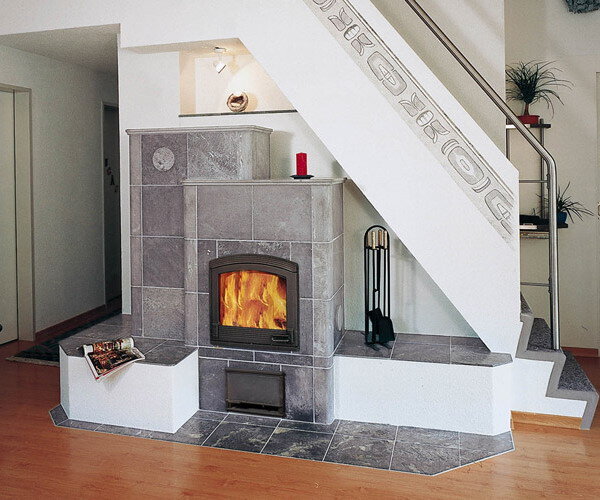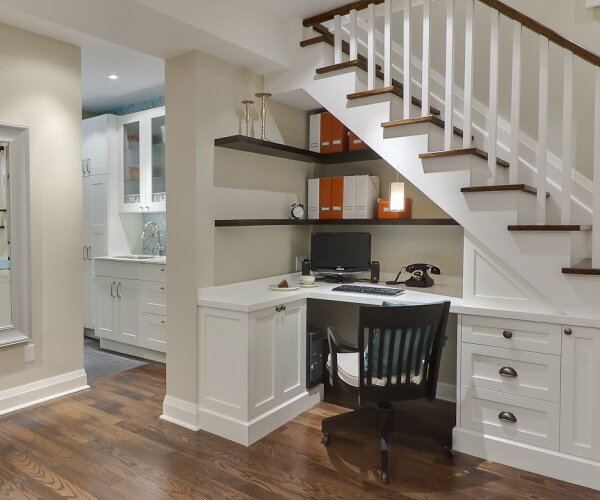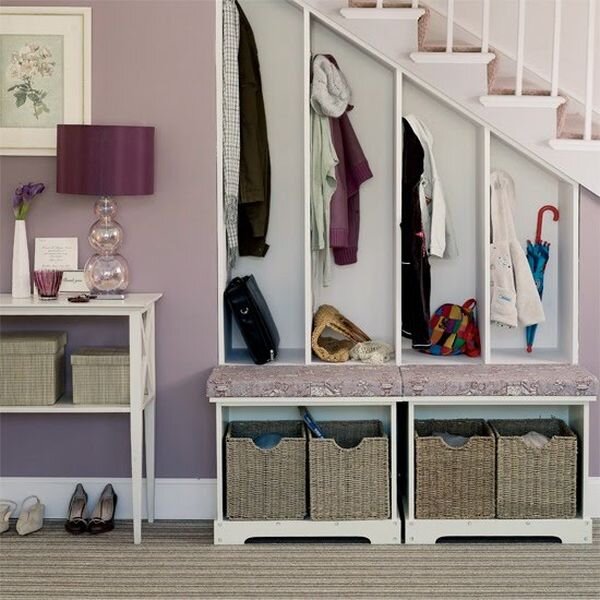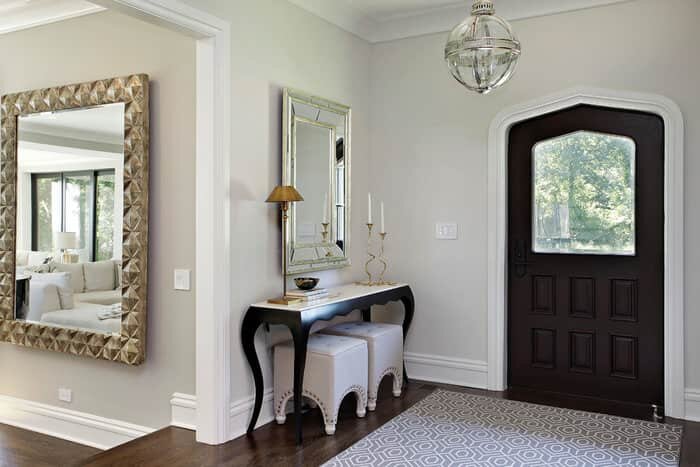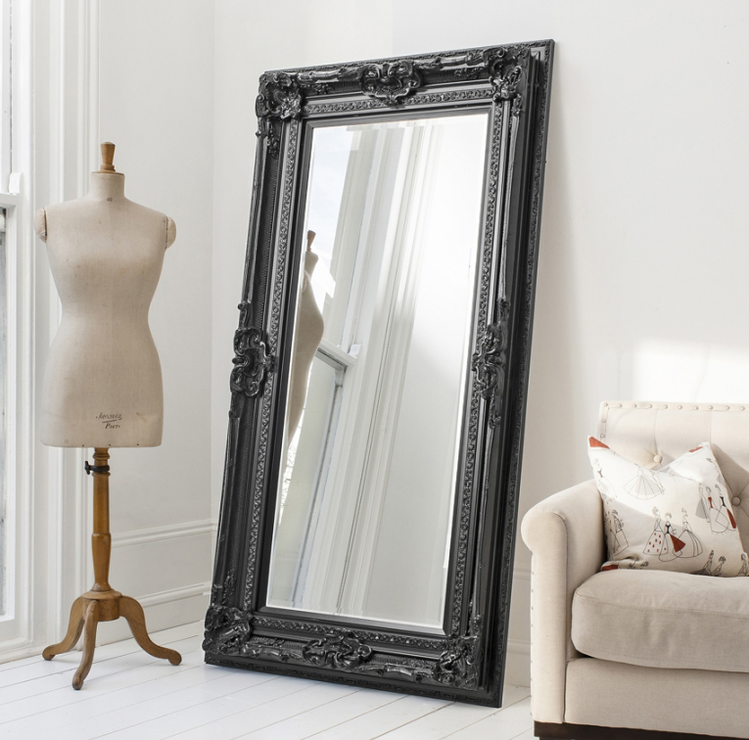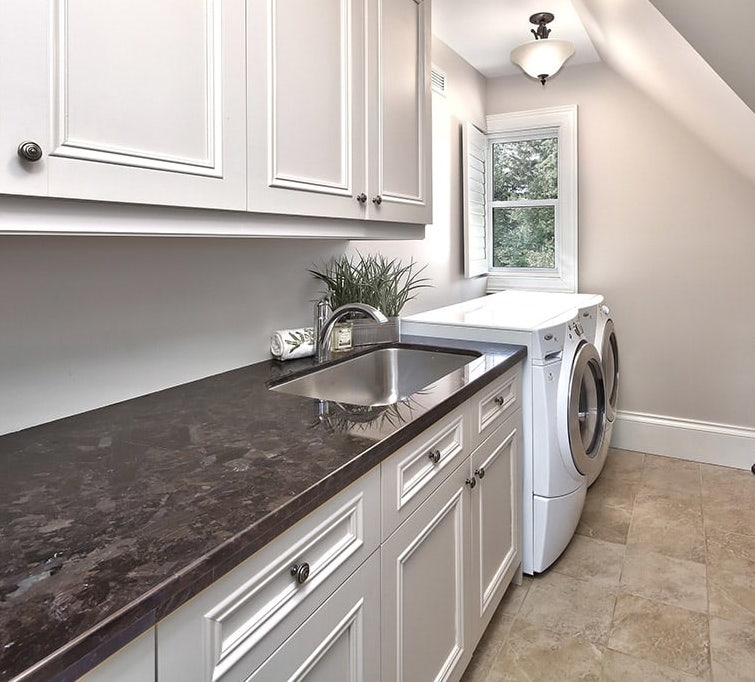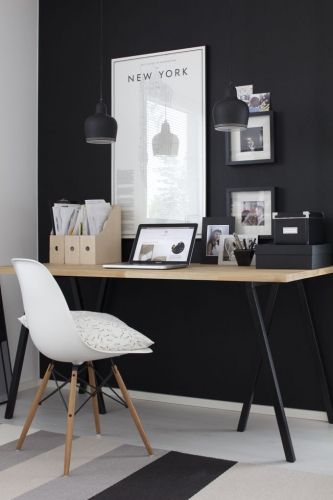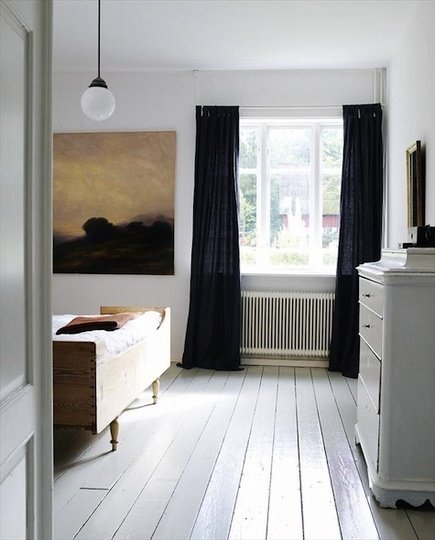Statistics show that homes that are staged sell faster than ones that aren’t, especially when it comes to vacant homes. Most buyers struggle to connect with vacant spaces because the rooms feel impersonal and it's difficult for them to determine the scale of a room without furniture in it.
This would be how to soft stage a spare bedroom without using a full bed, etc.
If you’re on a tight budget but still want to take advantage of the benefits of staging an empty home, soft staging is an alternative. It has a similar effect on buyers as traditional home staging but with less of an investment. Note: I always recommend fully staging the key rooms of the home which include the living room, kitchen and master bedroom with vignette staging being reserved for less impactful rooms.
What is Soft Staging or Vignette Staging?
A vignette is a small visual element that provides context to an area. Vignettes are often used in secondary rooms, such as kid's bedrooms, offices, or those areas that don't really have a defined purpose.
PRO's of Soft Staging:
Cost is low, perfect for small budget.
Instantly changes the emotion of walking into a vacant room.
Gives a vacant house a more homey feel.
Takes the buyer's attention away from any possible flaws.
The very basics are used in this vignette to show this as an office space.
CON's of Soft Staging:
Not as effective as full staging in getting offers.
Buyers will have a more difficult time establishing an emotional connection to the house.
Buyers will not easily envision themselves living there.
Will not give buyer a frame of reference on size of room or the ability to imagine furniture placement.
Important Elements of a Vignette
Balance - either symmetrical or asymmetrical - In a symmetrical vignette, everything is balanced on either side of the display (same height, same weight, same colour). The chair pic below is a good example of this. In an asymmetrical vignette, one side will be taller, heavier, or maybe even bring in a different color.
Mirrors - they always look great as part of a vignette, especially in a small or dark space. Since mirrors reflect light, they help make a space feel larger and more open.
Artwork - like mirrors, artwork helps to anchor the vignette and give it some height, but also helps to bring in some colour and personality. It doesn’t have to be one large piece of art. You can do a gallery wall or even lean some smaller pieces of art against the wall in addition to the piece that’s hanging for a more casual look.
Books - Books work really well in vignettes. Since they are stackable, you can customize how tall you need them to be for the balance. You can place a small sculpture or knick-knack on top of a stack of books to finish it off. Make sure the books are attractive and match the colours of your vignette.
Flowers, Sculptures, and Knick-Knacks - No vignette is complete without flowers, greenery, or small knick-knacks. Keeping it simple is the best way to go. Choose just 1-3 pieces to incorporate into your vignette.
A small vignette perhaps used to create a basic living room setting.
Remember:
Vignette staging should always be consitent with the purpose of the room. In other words, stage an office as an office.
Place objects in odd numbers. Groupings of objects in 3's or 5's are more visually pleasing than even numbers of objects.
Draw the buyer through the house with vignettes.












